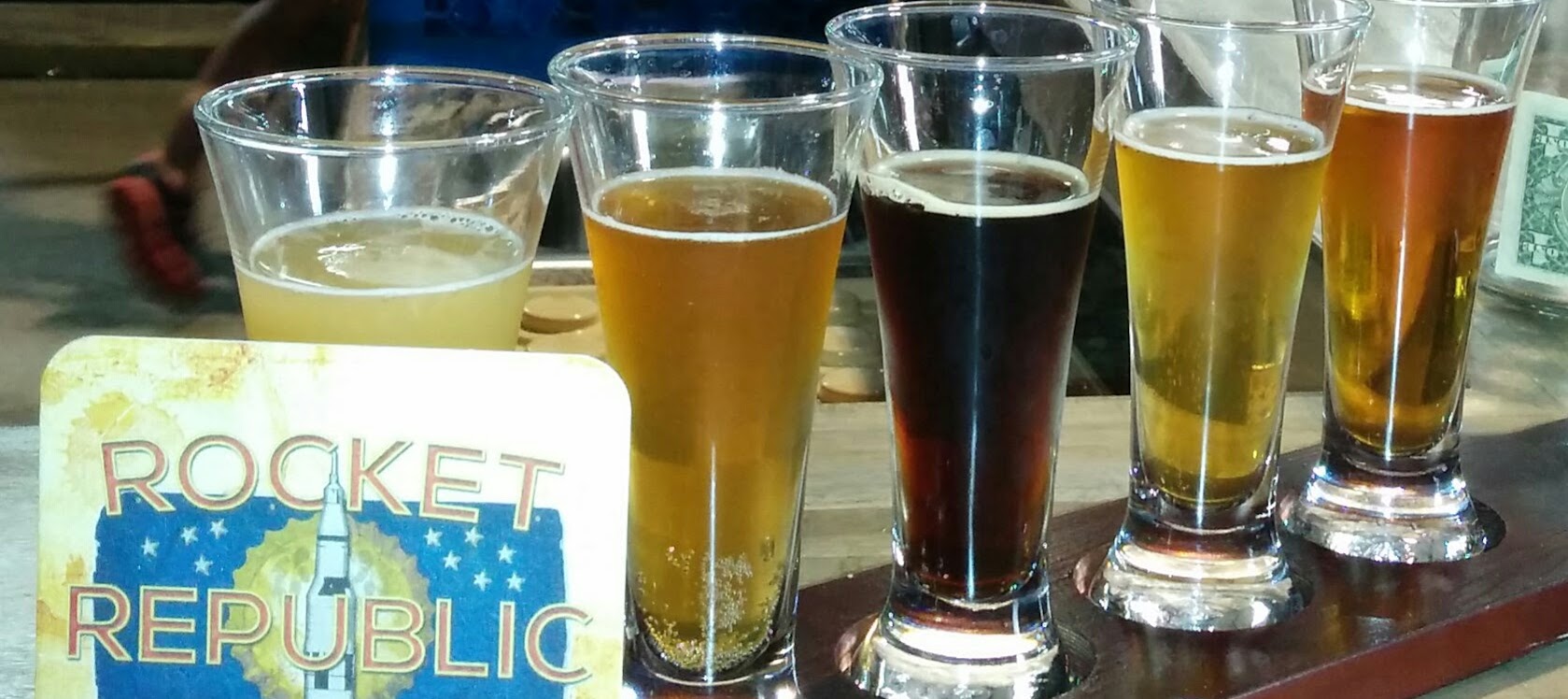

What is the difference between beer, ale, and lager? Do they all or a couple of them mean the same thing? Here are some basics on what these three terms mean.
Beer
Beer is the top tier label here. Both ales and lagers are types of beer - a grain fermented beverage. The four key ingredients of beer are: water, barley (grain), hops, and yeast.
Ales
Ales have been around for about 6600 years. A defining characteristic of ales is its use of yeast, good old saccharomyes cerevisiae...that's old school baker's yeast, brewer's yeast. It was originally harvested from the skins of grapes and other fruits. This yeast ferments on top of the liquid, where it can be harvested. It then falls and collects at the bottom. Ales are ferment at a warm temperature of 65-75 degrees Fahrenheit. The yeast produces quite a bit of fruity esters to the smell and taste of the beer. It takes about 12 days to go from grain to the glass when making an ale.
Lagers
Lagers were developed in the 15th Century, lead by experimentation with fermenting beers at colder temperatures of caves. Through this process, new yeast evolved. Instead of saccharomyes cerevisiae like the ale, modern production of lager is done with the saccharomyes pastorianus (named after Louis Pasteur, the pasteurization guy). This yeast is commonly referred to as "bottom-fermenting". More accurately, though, it ferments within the body of the liquid before falling to the bottom. Lagers ferment in cold temperatures of 45-55 degrees Fahrenheit. The cold fermentation leaves more sugars in the beer. This not only adds to the sweetness of lagers, but also adds to the crispness of the taste and the clarity you see. Another difference that the cold fermenting cause is that the decreased amount of sugar converted by the yeast also means that lagers have much lower levels of fruity esters (part of why the taste is crisp). It takes about 42 days to go from grain to the glass when making a lager.
